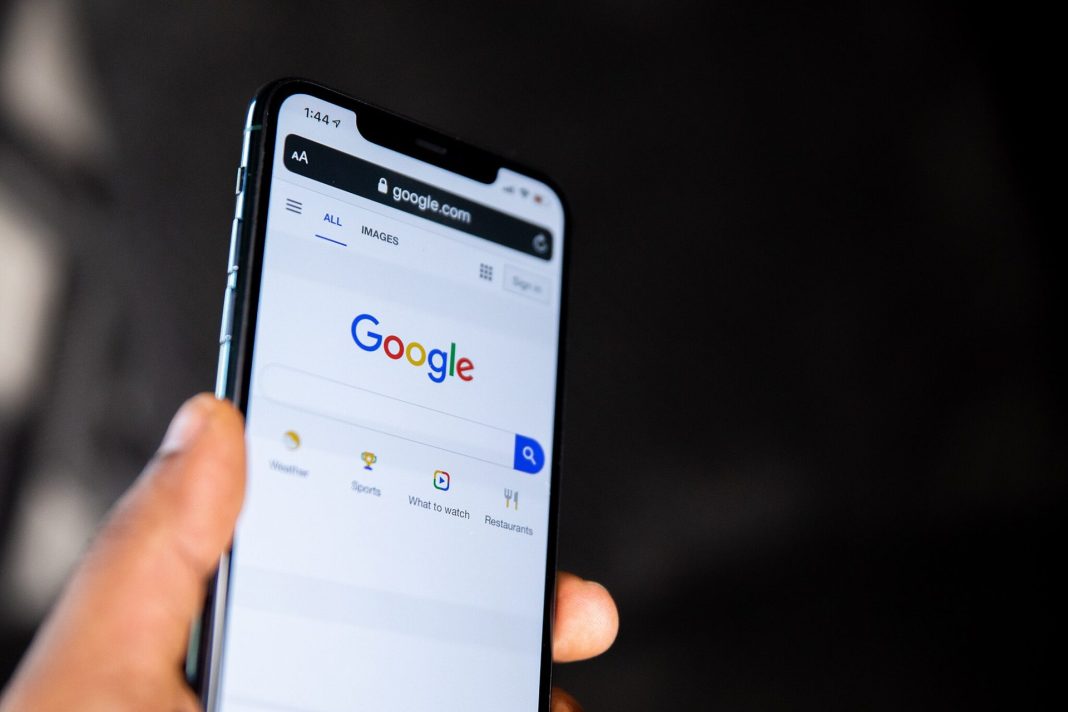Google’s 2024 Quality Rater Guidelines come with tougher rules to weed out lazy, low-value content and filler that clutters the web without benefiting users. These updates are designed to enhance search experiences by rewarding well-crafted, original content and pushing down pages that merely recycle existing material or are stuffed with fluff.
Low-effort and low-originality content targeted
One of the key updates making heads turn in marketing news addresses content created with minimal effort, originality, or added value. Google warns that websites repackaging information from higher-quality sources without meaningful enhancement will be rated lower in quality assessments.
According to the guidelines, a ‘Lowest’ quality rating applies if a webpage’s main content (MC) consists almost entirely of copied, paraphrased, embedded, or reposted material with little to no originality.
Meanwhile, a ‘Low’ rating is assigned to pages where a significant portion of the MC is copied or repurposed with minimal effort to create value, such as through superficial editing, manual curation, or minor reformatting.
Examples of content that may receive a Low rating include:
- Social media reposts with little to no additional commentary or discussion.
- Pages with embedded videos or ‘repinned’ images from other sources without meaningful curation.
- ‘Best’ lists or recommendation articles that rely heavily on existing reviews without adding original insights.
Filler content identified as a poor user experience
Another major change in the 2024 guidelines is the emphasis on filler content, which Google now explicitly defines as low-effort material that adds little value and does not directly support a page’s purpose.
Google advises content creators to place the most helpful and essential information near the top of the page, ensuring visitors can immediately access the core content. While supporting information can be included, it should not take prominence over the main subject of the page.
Pages featuring excessive filler—particularly when it obscures or delays access to useful content—may receive a ‘Low’ quality rating. Examples include:
- Recipe pages that bury the actual recipe beneath large blocks of unrelated content.
- Articles padded with unnecessary background information before addressing the main topic.
- Visually prominent filler that makes it difficult for users to locate the helpful content.
What this means for content creators
For website owners and content creators, standing out means focusing on originality, user-friendly design, and delivering real value. To stay visible in search results, pages need to cut the fluff and move beyond simply rehashing existing content. Google rewards fresh insights, well-researched curation, and content that genuinely enhances the user experience.


